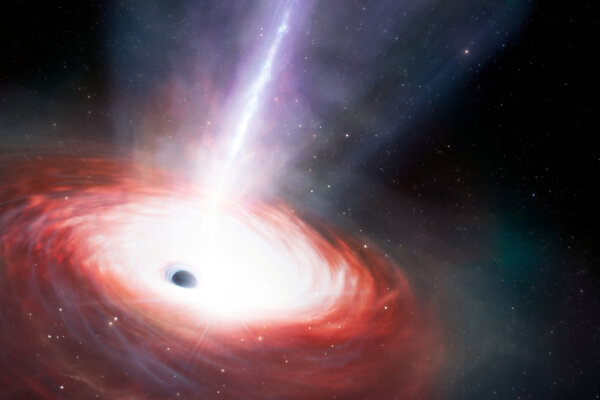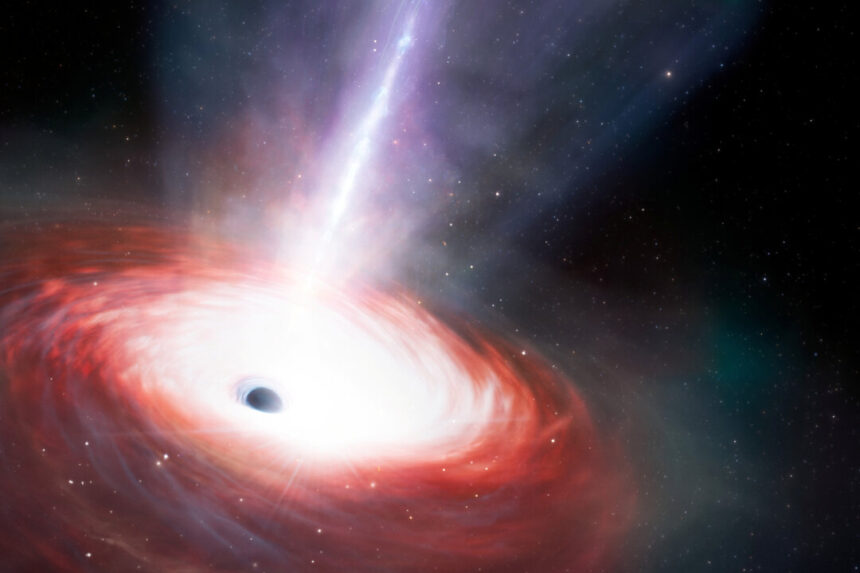
WASHINGTON—Scientists have discovered supermassive black holes in the early universe, challenging existing models of their formation and growth. These black holes, like Sagittarius A* at the center of our Milky Way galaxy, accumulate mass by consuming nearby material such as gas, dust, and stars.
Since the launch of NASA’s James Webb Space Telescope in 2022, astronomers have observed a primordial black hole known as LID-568, which existed when the universe was only 11 percent of its current age. LID-568 has a mass 10 million times greater than the sun and is growing at a rate faster than previously thought possible, exceeding the Eddington limit for accretion activity.
Researchers believe that primordial black holes may have formed either after the death of the universe’s first stars or from the collapse of gas clouds in the early universe. The discovery of LID-568 suggests that these black holes can grow rapidly through episodes of supercharged growth, shedding light on how supermassive black holes formed so early in the universe.
One of the key indicators of a growing supermassive black hole is the emission of X-rays, which are produced by the superheated material swirling around the black hole before being consumed. By studying LID-568 using NASA’s Chandra X-ray Observatory and Webb’s infrared capabilities, scientists hope to uncover the mechanisms behind its accelerated growth.
“LID-568 is remarkable for its extreme growth rate and early presence in the universe,” said astronomer Hyewon Suh. “Further observations with Webb will help us understand how this black hole is able to exceed the Eddington limit.”






